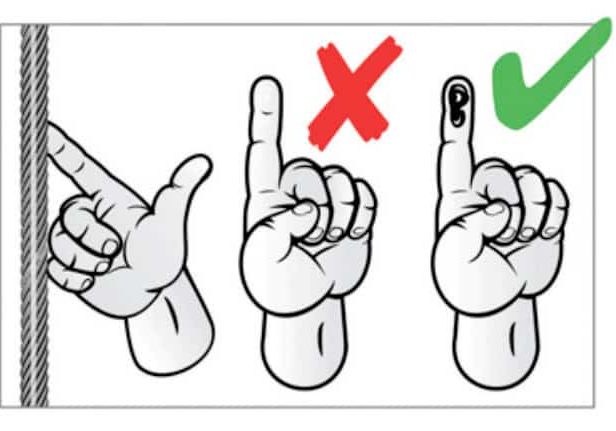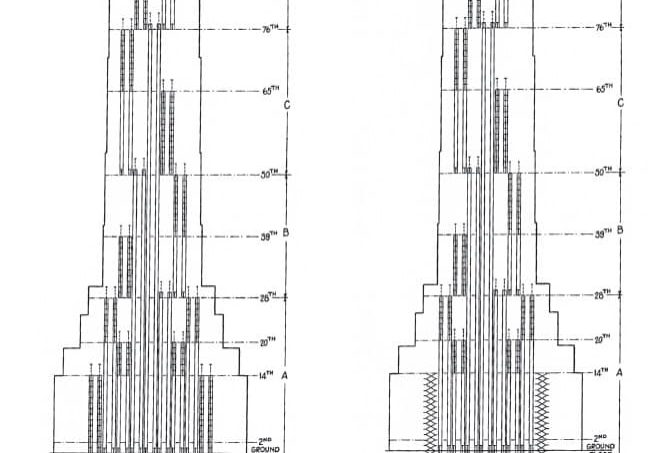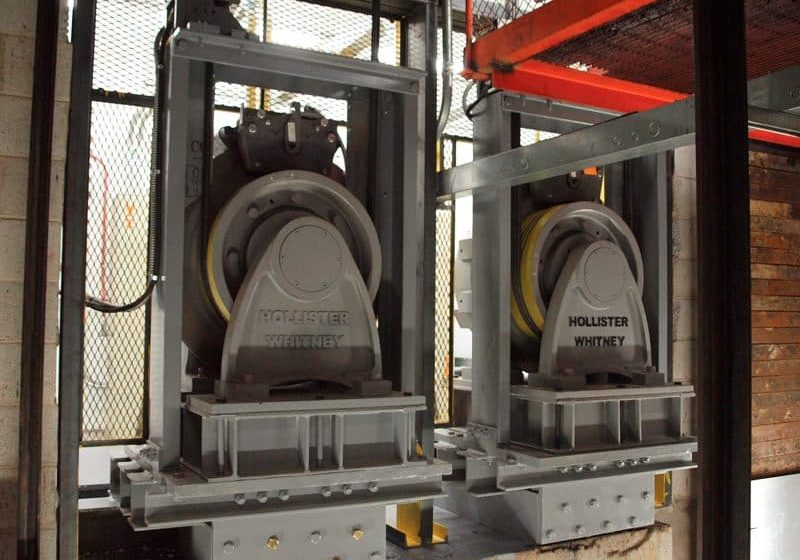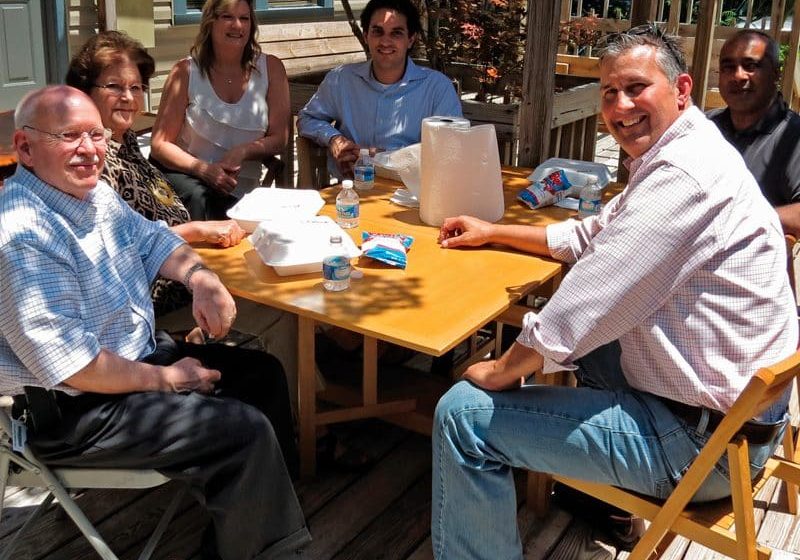ELA Conference 2015
Jul 1, 2015
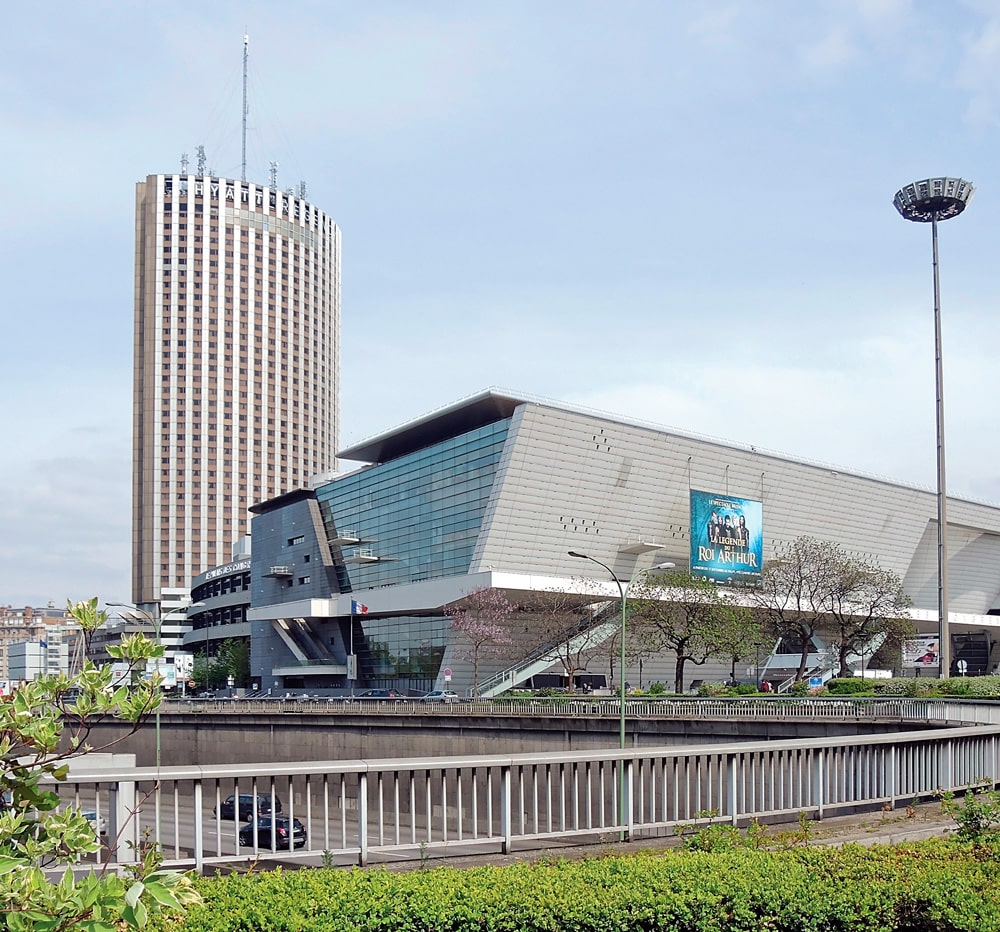
Lifts in the European energy landscape, new Lifts Directive discussed in Paris.
The European Lift Association (ELA) Conference 2015 was held on April 28 at Le Palais des Congrès de Paris, an internationally styled conference hall in the heart of Paris completed in the 1970s. The 200 delegates attending the ELA conference were comfortably housed in one of the satellite rooms within the modernist building. Here, they were greeted by ELA Secretary General Jean-Pierre Jacobs and the ELA team.
ELA President Philippe Lamalle then welcomed guests and members. He explained this was his last conference as ELA president (see sidebar on pg. ??) and how pleased he was to be in his home city and have such a turnout of experts. Lamalle talked about how increasing population, life expectancy and urbanization will shape the world in which we live, including the lift industry. He explained the conference would be divided into two parts, with the morning focusing on the European energy scene and the afternoon on the new Lifts Directive 2014/33/EU.
The first session consisted of four presentations providing an overview of the energy situation in Europe. Policy Officer-European Commission, Directorate General for Energy Marcos González Álvarez introduced delegates to the objectives of the new Lifts Directive 2020/30/EU and how to fulfill its requirements at a national level. Álvarez showed the different ways of achieving the objectives and described the role of the lift sector.
Professor Aníbal Traça de Almeida from Universidade de Coimbra, who has been a key influence regarding energy consumption, then updated delegates on the E4 project, a study of the energy efficiency of lifts and escalators. The study also looked at what has happened since the introduction of the initiative, which was originally presented at the ELA Conference 2009 in Berlin.
Vincent Detemmerman from the European Construction Industry Federation gave a presentation on the state of the European construction market.
Angelo Bosoni, chairman of ELA’s Quality, Safety, Environment and Education Committee, gave an update on where the industry is headed regarding energy-efficient equipment. He shared that the ELA’s working group for Product Category Rules (PCRs) for lifts has finalized a simplified PCR that was out for comment. It is anticipated it will be published in September. He reiterated that ELA wants lift and escalator requirements to be incorporated into national Energy Performance of Buildings Directives (EPBDs), and observed that Denmark is ahead of the curve, as it has had energy efficiency for lifts as a requirement in its building regulations since January 2014. Portugal and France are also moving in the right direction, but more slowly, he noted.
A panel session concluded this part of the conference, and lunch was served.
The afternoon featured two workshop sessions. The first covered energy, and the second discussed Lifts Directive 2014/33/EU. To set the scene for the first, Bosoni gave ELA analyses of and views on the European energy regulatory framework. This was followed by two presentations introducing the audience to the implementation of laws and regulations covering energy use and management in Portugal and France.
José Pirralha and Manual Casquisco praised Almeida, stating he has been one of the key driving forces for vertical-transportation energy efficiency in Portugal. Key dates for this initiative’s next steps are:
- September 2015: Preparation of an online platform to register and issue energy labels for lifts and escalators should occur. Financing of energy audits for existing lifts in nonresidential buildings should be arranged, drawing from an EU$400-million (US$453.9-million) energy-efficiency fund.
- January 2016: Procedures and enforcement of the energy-labeling scheme for lifts and escalators should occur.
Pierre Mille described the situation from a French perspective, which reflected much of the Portuguese experience. He added that lifts had only recently been included in a building’s energy audit. Certification processes and certificates, such as the White Certificate process, encourage compliance with the EPBD and promote energy efficiency, he said.
The second workshop looked at Lifts Directive 2014/33/EU, with the first presentation given by Esfandiar Gharibaan. This was an overview and introduction to the directive in which Gharibaan stressed there is only one stage to go before the directive becomes operational. The new directive will be transposed and applied beginning in April 2016. It was noted there is no transition period.
Birgit Weidel from the European Commission gave a presentation looking at the directive from the commission’s point of view. Key elements included:
- Obligations of all companies and bodies involved in the supply and distribution chain
- Stronger rules for Notified Bodies
- Improved market surveillance and development of tools and procedures to facilitate it
- Implementation of uniform terminology to help facilitate a more consistent application of the directive
It was noted companies need to record and document all components and provide new product labeling. The commission realizes this would have a considerable cost implication for the industry. However, improvement in traceability and scope will be significant.
From April 20, 2016, any component placed on the market will need:
- Adapted technical documentation with reference to the new directive
- A new Declaration of Conformity set out as template Annex 11
- Names of the lift-equipment installer and safety-component manufacturer/importer
- Type/batch/serial number
- Traceability and a monitoring system
In closing, Weidel identified the next steps that need to occur nationally by April 19, 2016. These include re-notifying the Notified Bodies, publishing revised guidelines and starting evaluation of the Lifts Directive.
Veronique Spreadbury then gave the ELA’s perspective on the directive, which reinforced many points regarding its certification, traceability and monitoring. The main changes brought about by the recast are that member states are obliged to ensure effective market surveillance and reinforce accreditation and notification of the Conformity Assessment Bodies. Importantly, there are specified operating principles for Notified Bodies, including proof of independence from economic operators.
Spreadbury explained that product surveillance applies to all economic operators — installers, manufacturers, distributors, importers and authorized representatives. These operators must create traceability, monitor for nonconformity, take corrective action and inform national authorities of their findings.
The final presentation was given by Christian de Mas Latrie, who discussed implementation of the directive. This has many bureaucratic implications, which calls for transparent relationships and reporting. De Mas Latrie explained how definitions and interpretation of nonconformity are important. Reporting time for any safety risk should be immediate, so the extent of that risk can be analysed. The point of contact between the economic operator and national authority needs to be clear, and a reasonable period should be required for a response.
During the panel session, it became apparent that the full extent of the certification has not been fully realized. Significantly, not only individual safety components but also composites of those components need to be certified. This extra certification requirement will result in additional, significant costs for the industry.
The conference was very important, as many codes and standards that will have a great impact on the European vertical-transportation industry are changing. What is covered by law, what is a recommendation, what is the hope for the future — these are some of the issues delegates will continue to ponder.
Get more of Elevator World. Sign up for our free e-newsletter.


